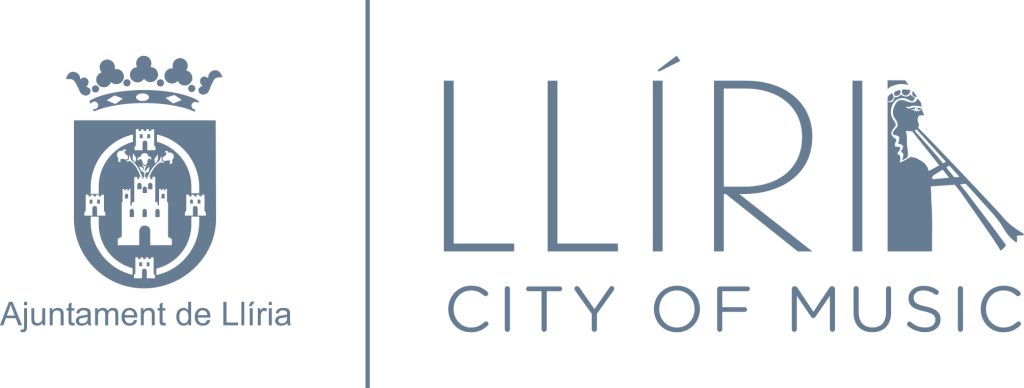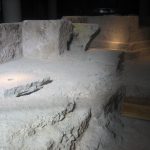The name of the winner will be announced on Saturday, after two days of competition
The names of the three finalists of the International Conducting Competition “Llíria City of Music” 2023 have finally been revealed. Daniel Ros, Daniel Joseph and Brian Liao will compete to become the best young baton in the world and will aspire to be invited to conduct the ten collaborating orchestras of this edition.
The jury has had the difficult decision to select the three finalists, since “the level has been really high and the six semifinalists have proved to have a great future within the conducting world,” the Artistic Director of the competition Cristóbal Soler has explained.
The three classified conductors will now face two intense days of competition in this final round. On Friday morning, they will have to conduct a 45-minute rehearsal at the front of a large orchestra and, on Saturday, it will be time to conduct the rehearsed programme in a concert in front of the public at large starting at 18:00 at the Teatro Banda Primitiva de Llíria.
The repertoire for all three will be the same, so the jury will be able to test and compare how each of the finalists work and perform the piece. The programme chosen consists of: Monologue (chamber 23) for chamber orchestra by Edo; Variaciones Rococó for cello and orchestra by Tchaikovsky, with the participation of the soloist Mar Bonet; and Egmont (Obertura) Op. 84 by Beethoven.








